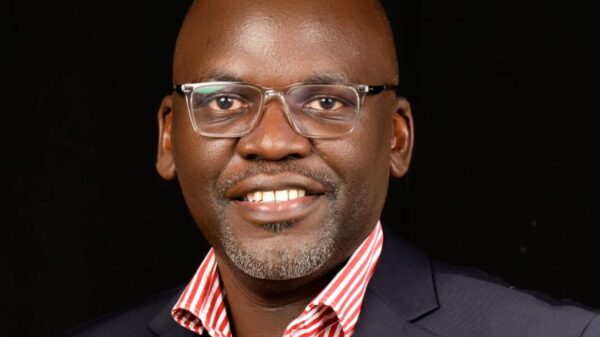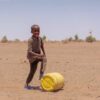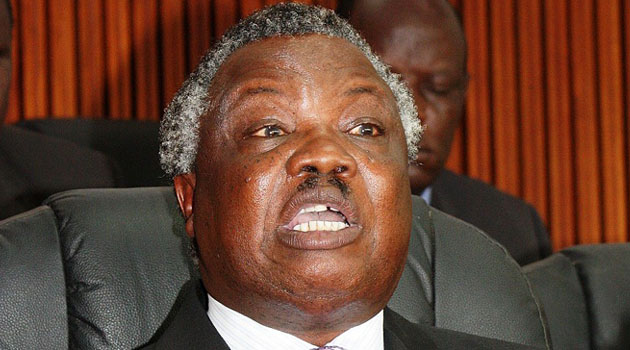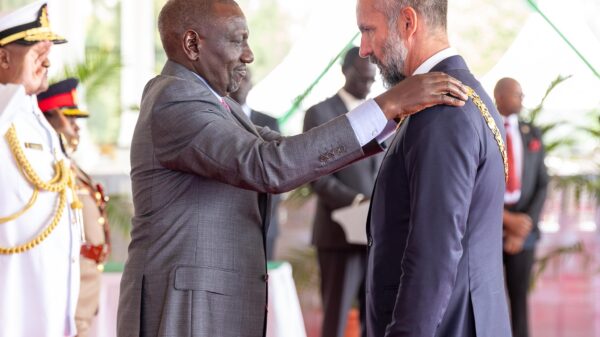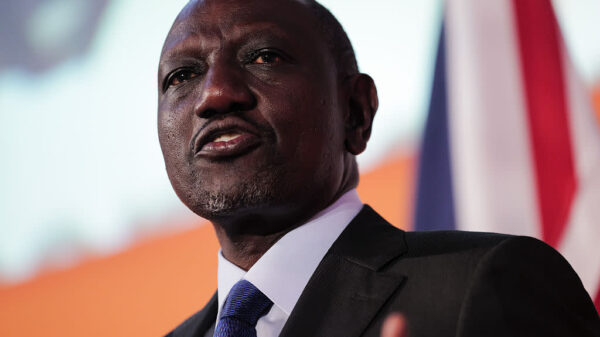NAIVASHA, Kenya, Jan 17 – Egypt is a country of many marvels; one largely known for its ancient pyramids.
And with only one year-round river, The Nile, the country of more than 109 million people has succeeded in revolutionizing its Agriculture sector, to ensure food security and create job opportunities for millions.
What lessons can the rest of African states learn from a country that is predominantly a desert?
At the sidelines of the ongoing 2nd General Assembly congress of Aquaculture Network for Africa in Kenya, Dr Doaa Hammam sought to shed light on her country’s success story in agriculture, and specifically in enhancing sustainable aquaculture development.
She is the General Manager of the International Cooperation Administration Lakes and Fish Resources Protection and Development agency in Egypt.
Beyond feeding a nation, she said that the aquaculture sector has become an economic force, employing millions and breaking gender barriers.
Dr Hammam said Egypt’s strategic utilization of its limited water resources, particularly the Nile River, has played a pivotal role in fostering a thriving aquaculture sector.
“Aquaculture in Egypt accounts for 80 percent of our production, while fisheries account for about 20 percent of our production,” she said.
Aquaculture production in Egypt accounts for 1.6 million metric tonnes.
The country has strategically invested in modern technologies and sustainable practices to boost fish production, ensuring a steady supply of affordable and nutritious protein for its citizens.
But what is the secret?
According to Dr Hammam, Egypt has developed a unique strategy that ensures nothing is wasted from fish farming to the water being used-basically the entire production chain.
The system is dubbed integrated agri-aquaculture system.
“It is a system that integrates aquaculture with agriculture,” she said.
The revolutionary system ensures that the output water used for breeding fish is also used to cultivate crops that then feed livestock; while the livestock waste is used to fertilize the soil.
Still under the system, Egypt has been able to generate biogas energy.
“This system provides a means of life by every means. It provides an important and safe environmental equation where the raw materials used gets, “only products with zero waste.”
She has challenged other African countries to deploy a similar system, in a bid to boost their food security.
One of the most remarkable aspects of Egypt’s aquaculture success, she said, is the active involvement of women in various stages of the industry.
Women are not only engaged in fish farming but also play crucial roles in processing, marketing, and business management in Egypt.
This inclusivity, she said, has not only empowered women economically but has also challenged traditional gender norms, as a result fostering a more equitable society.
Dr Hammam hailed the ANAF initiative under the African Union- Bureau for Animal Resources (AU-IBAR), saying it will help harmonize policies around aquaculture growth in Africa.
She said it will create an important platform for information and technology sharing among African member states.
“This meeting is important to unify the policies of African countries and exchange of knowledge,” she said.
Through ANAF, African states are meant to streamline their policies and strategies, in a bid to enhance aquaculture growth.
ANAF was officially endorsed by African Ministers at a recent meeting in Addis Ababa as African Union recognized Network to support aquaculture development in Africa with its Secretariat based at AU-IBAR.
According to the AU-IBAR Director Dr Huyam Salih, the original concept for ANAF is to serve as a stand-alone continental institution providing technical backing and facilitation to the African aquaculture “subsector and continue to support aquaculture development in the continent, as an autonomous and self-reliant intergovernmental organization.”
According to the Food and Agriculture Organization (FAO), Africa’s production of both fisheries and aquaculture is at 6 million metric tonnes.
Aquaculture production alone in Africa is at 2.4 million metric tonnes, amounting to a meager 6 percent of the world aquaculture production.
Africa has 30,000 kilometers of the coastline, 677 lakes and 17 rivers that are above 1,000 kilometers in length.
With a rapidly growing population and increasing pressure on food resources, many African nations can draw valuable lessons from Egypt’s aquaculture success.
Key factors contributing to this success, she said, include strategic water management, technological innovation, and an inclusive approach that actively involves women in all facets of the industry.
Experts suggest that by adopting sustainable aquaculture practices, African countries can not only address food security challenges but also create employment opportunities and empower communities.









